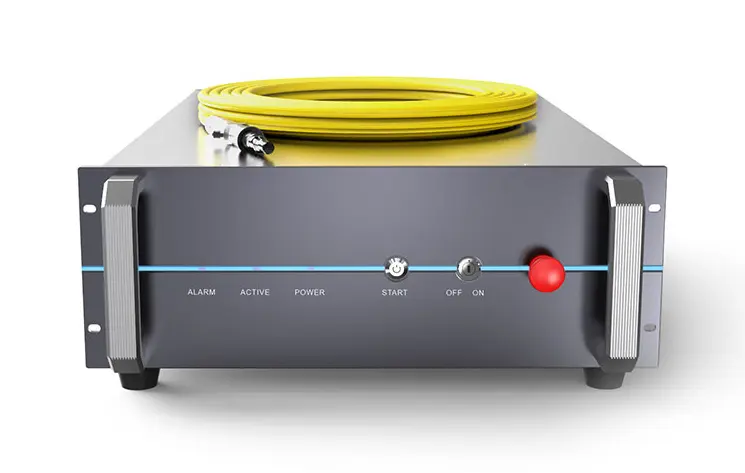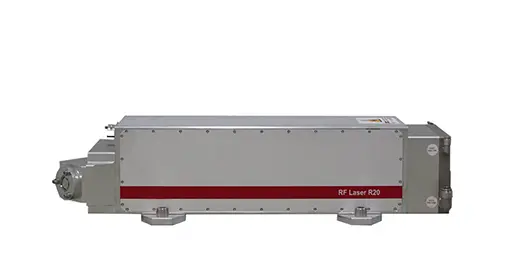
In surgery, the use of lasers is becoming increasingly popular. Pulsed-emission and fiber-optic lasers are used to treat superficial lesions without anesthesia. It can act as a scalpel for incision or tissue removal. The burns are circumscribed and painless, resulting in shorter healing times and considerable aesthetic results.
Ophthalmology, neurosurgery, dentistry, dermatology, vascular and oncology are just some of the branches of surgery that rely on laser technology.
The primary uses of lasers in soft tissue surgery are to cut, ablate, vaporize, and coagulate. There are several different laser wavelengths used in soft tissue surgery. Different laser wavelengths and device settings (such as pulse duration and power) produce different effects on the tissue.
Surgery

In surgery, the use of lasers is becoming increasingly popular. Pulsed-emission and fiber-optic lasers are used to treat superficial lesions without anesthesia. It can act as a scalpel for incision or tissue removal. The burns are circumscribed and painless, resulting in shorter healing times and considerable aesthetic results.
Ophthalmology, neurosurgery, dentistry, dermatology, vascular and oncology are just some of the branches of surgery that rely on laser technology.
The primary uses of lasers in soft tissue surgery are to cut, ablate, vaporize, and coagulate. There are several different laser wavelengths used in soft tissue surgery. Different laser wavelengths and device settings (such as pulse duration and power) produce different effects on the tissue.
Surgery
In surgery, lasers are used as precise cutting and coagulating tools, offering minimal invasiveness, reduced bleeding, and faster recovery times. The most commonly used types of lasers in surgical applications include CO₂ lasers, diode lasers, Nd:YAG lasers, and Er:YAG lasers, each selected based on tissue interaction and surgical goals.
CO₂ lasers are widely used for cutting and vaporizing soft tissue with high precision and minimal thermal damage. Their ability to precisely remove tissue makes them ideal for ENT, dermatology, gynecology, and oral surgeries.
Diode lasers are compact, efficient, and commonly used for soft tissue surgeries, particularly in dentistry, vascular procedures, and ophthalmology. They offer excellent coagulation properties, making them effective for procedures requiring controlled bleeding.
Nd:YAG lasers penetrate deeper into tissue and are used in procedures like endoscopic surgery, urology, and oncology. Their strong coagulation ability makes them suitable for treating vascular lesions and internal organ procedures.
Er:YAG lasers emit light that is strongly absorbed by water in tissue, making them effective for precise ablation with minimal heat damage. They are commonly used in dermatology, dental surgery, and aesthetic procedures.
Each type of laser is chosen based on the required depth, precision, and tissue interaction. CO₂ and diode lasers are ideal for precise soft tissue work, Nd:YAG lasers for deeper penetration and coagulation, and Er:YAG lasers for gentle, surface-level treatments.
In surgery, lasers are used as precise cutting and coagulating tools, offering minimal invasiveness, reduced bleeding, and faster recovery times. The most commonly used types of lasers in surgical applications include CO₂ lasers, diode lasers, Nd:YAG lasers, and Er:YAG lasers, each selected based on tissue interaction and surgical goals.
CO₂ lasers are widely used for cutting and vaporizing soft tissue with high precision and minimal thermal damage. Their ability to precisely remove tissue makes them ideal for ENT, dermatology, gynecology, and oral surgeries.
Diode lasers are compact, efficient, and commonly used for soft tissue surgeries, particularly in dentistry, vascular procedures, and ophthalmology. They offer excellent coagulation properties, making them effective for procedures requiring controlled bleeding.
Nd:YAG lasers penetrate deeper into tissue and are used in procedures like endoscopic surgery, urology, and oncology. Their strong coagulation ability makes them suitable for treating vascular lesions and internal organ procedures.
Er:YAG lasers emit light that is strongly absorbed by water in tissue, making them effective for precise ablation with minimal heat damage. They are commonly used in dermatology, dental surgery, and aesthetic procedures.
Each type of laser is chosen based on the required depth, precision, and tissue interaction. CO₂ and diode lasers are ideal for precise soft tissue work, Nd:YAG lasers for deeper penetration and coagulation, and Er:YAG lasers for gentle, surface-level treatments.




